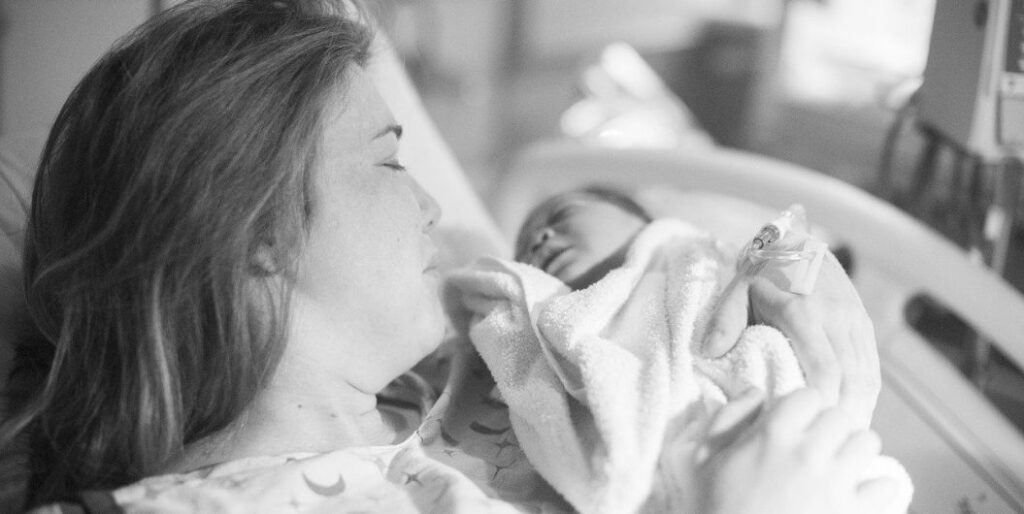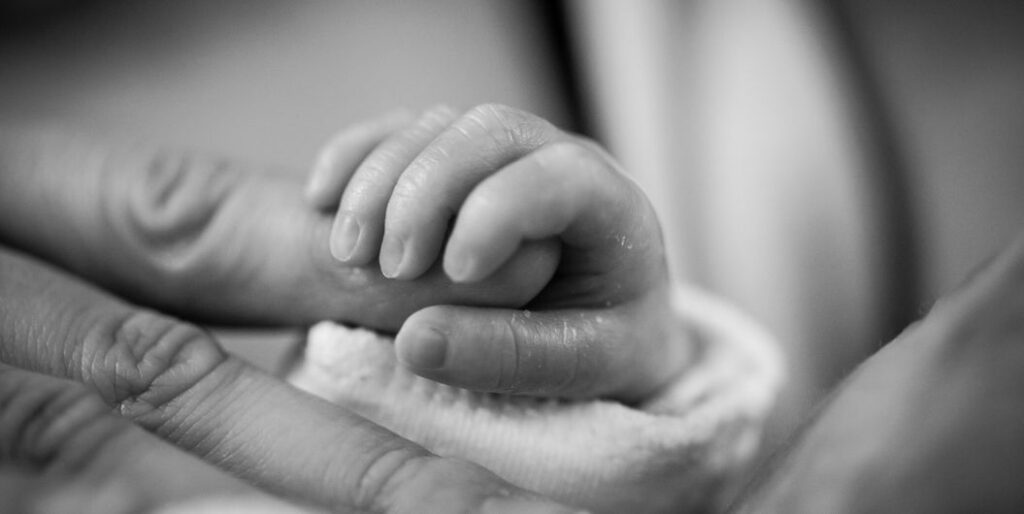What is Attachment Parenting?

Attachment parenting (AP) is a particular approach towards parenting that consciously puts the need of the baby to effectively bond with his or her parents from birth in the forefront, which in turn, translates to a more secure, trusting and empathetic child and future adult. Dr. William Sears, beloved pediatrician, made attachment parenting popular with his gentle advice that “responsive parenting” is a tool that parents can use to more closely bond with their children in a world that sometimes seems to focus more on the needs of the parent than the child. Attachment parenting is not only beneficial for a child’s development, but also can richly reward a parent as well.

Dr. Sears has put the fundamentals of attachment parenting into seven “Bs:”
- Bonding at Birth: The first few moments and days after birth are an extremely crucial time for bonding between baby and parents. It is during this time that parents get to know their child, lay the foundation of their relationship, and the child begins to build trust.
- Breastfeeding: Not only does Dr. Sears tout the nutritional benefits of breastfeeding versus formula feeding, but he also believes that breastfeeding is an important aspect of attachment parenting, facilitating bonding between a baby and his mother. This is when a mother first learns how to “read” her baby — learning his cries, cues and expressions.
- Babywearing: Babywearing is just as it sounds — proponents of attachment parenting believe that wearing your baby in a backpack, front carrier or sling keeps a baby close to his parents and reduces fussiness.
- Bedding Close to Baby: AP parents believe that co-sleeping or having a bassinet or co-sleeper next to their bed keeps them in tune with their baby’s night time needs. They also believe that babies sleep better with, or close to their parents.
- Baby’s Cry: Dr. Sears believes that a baby’s cries are not meant to manipulate or guilt, but rather, to convey needs. It is a mode of survival. Parents using attachment parenting respond to a baby’s cries by providing what is needed — touch, attention, etc.
- Baby “Trainers”: AP proponents say to beware those who would advise you to put your baby on a schedule, or to allow him to “cry it out.” While it may be easier for you, your baby is not necessarily benefiting from the imposed schedule.
- Balance: As with any parenting philosophy, some can take AP to an extreme. The basis of the approach is to enrich both the parents and the baby’s lives, bringing them closer together, while balancing the needs of both.

Proponents of attachment parenting also advocate natural childbirth, stay-at-home parenting, and home schooling, although these are of course all decisions that each parent has to make for their family. Dr. Sears is emphatic about not making attachment parenting into a source of contention, but rather a set of tools to help parents build a solid, trusting relationship with their child.
Attachment parenting does have its critics. Co-sleeping is a major source of contention — because it is not supported by the medical community at large, many parents choose not to have their children sleep in or beside their bed. Other parents believe they can build a solid foundation of trust with their children even if they sleep in their crib in the next room.
Another criticism of attachment parenting is that it puts an inordinate amount of pressure on parents, and puts their needs aside. Some parents find that many aspects of attachment parenting doesn’t fit with their life, such as breastfeeding or stay at home parenting. As a soon to be new parent, don’t feel like you need to settle on one particular way of parenting — instead, choose what feels right for you and your new family.
